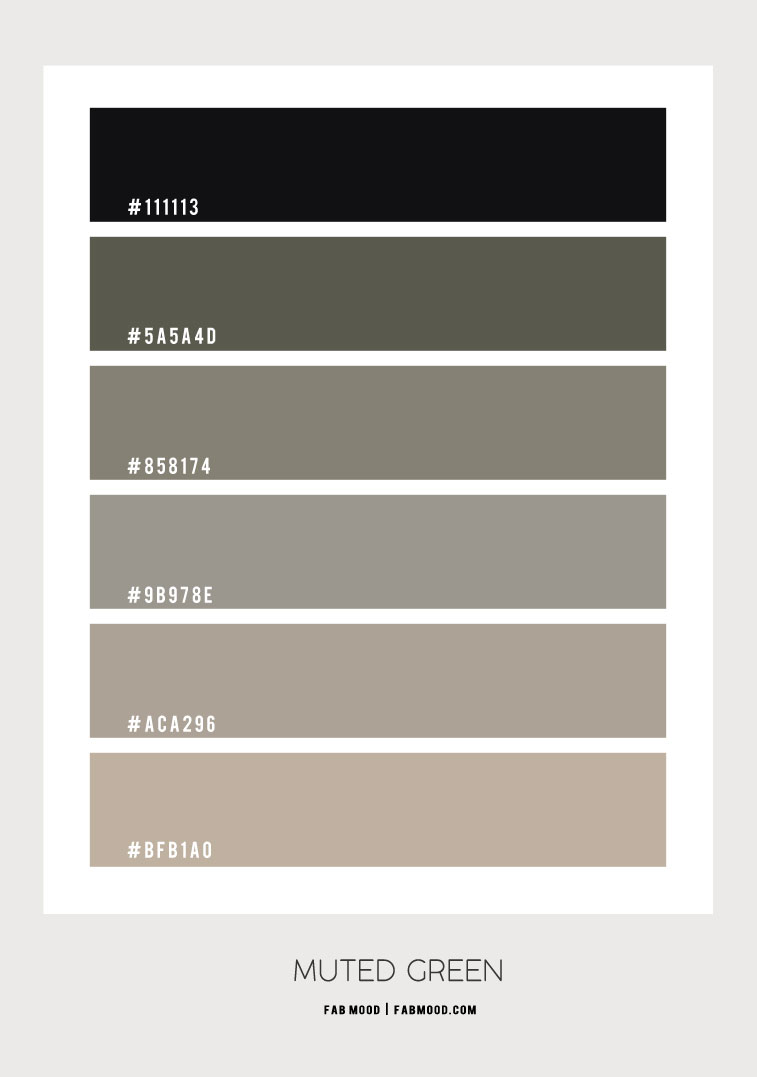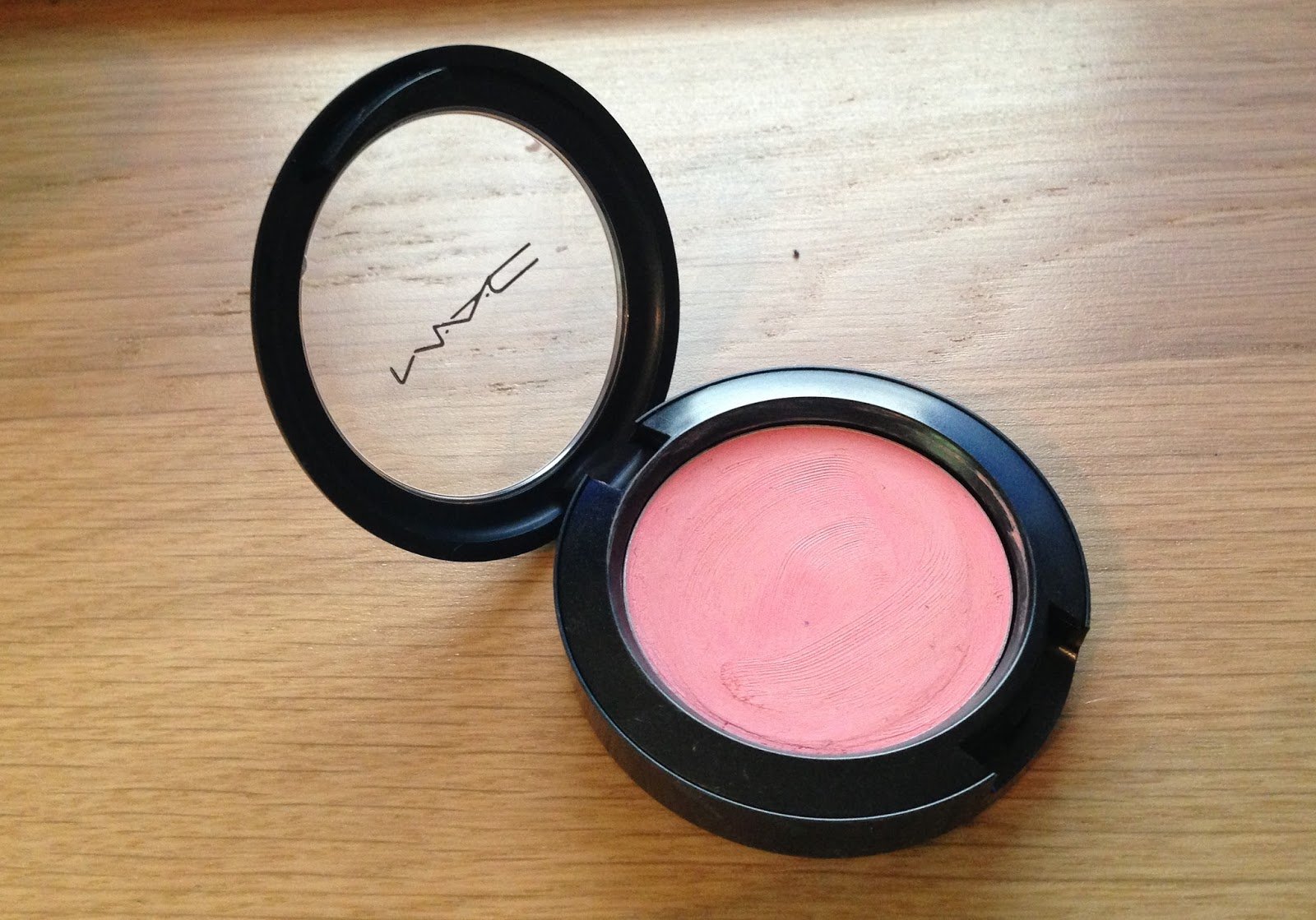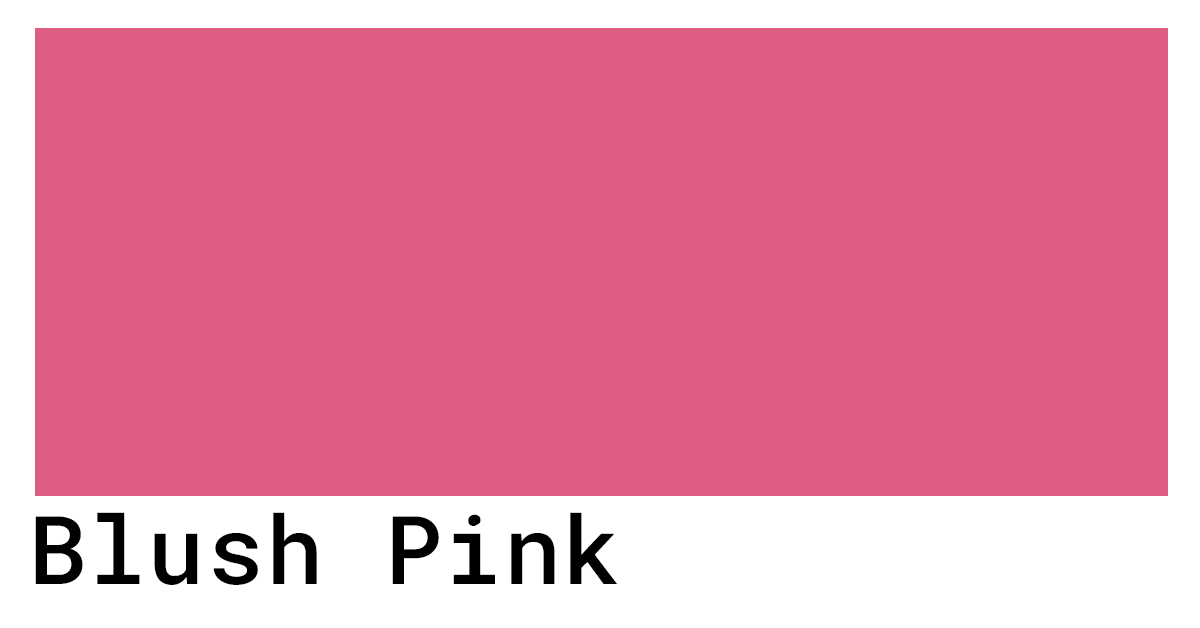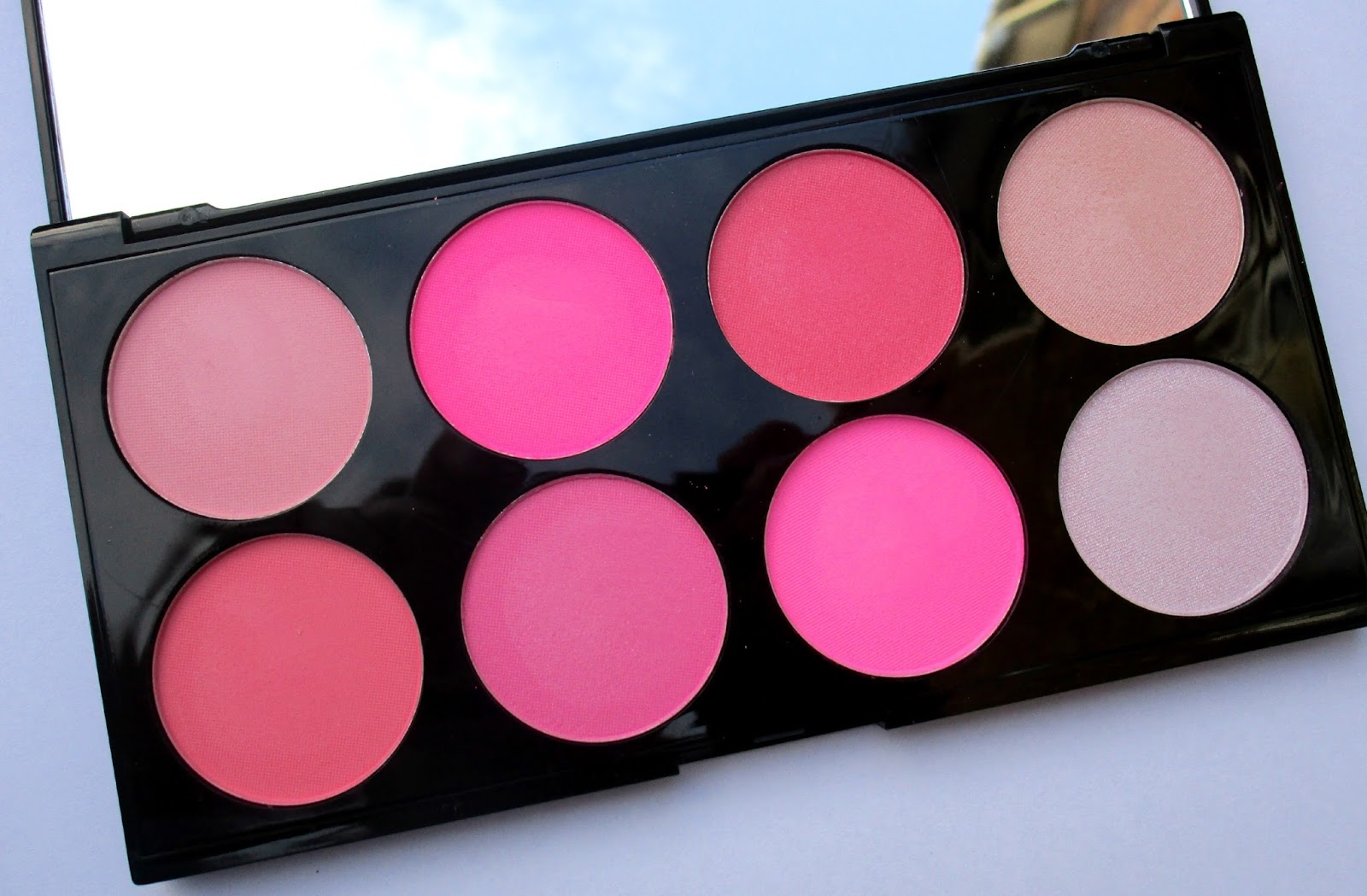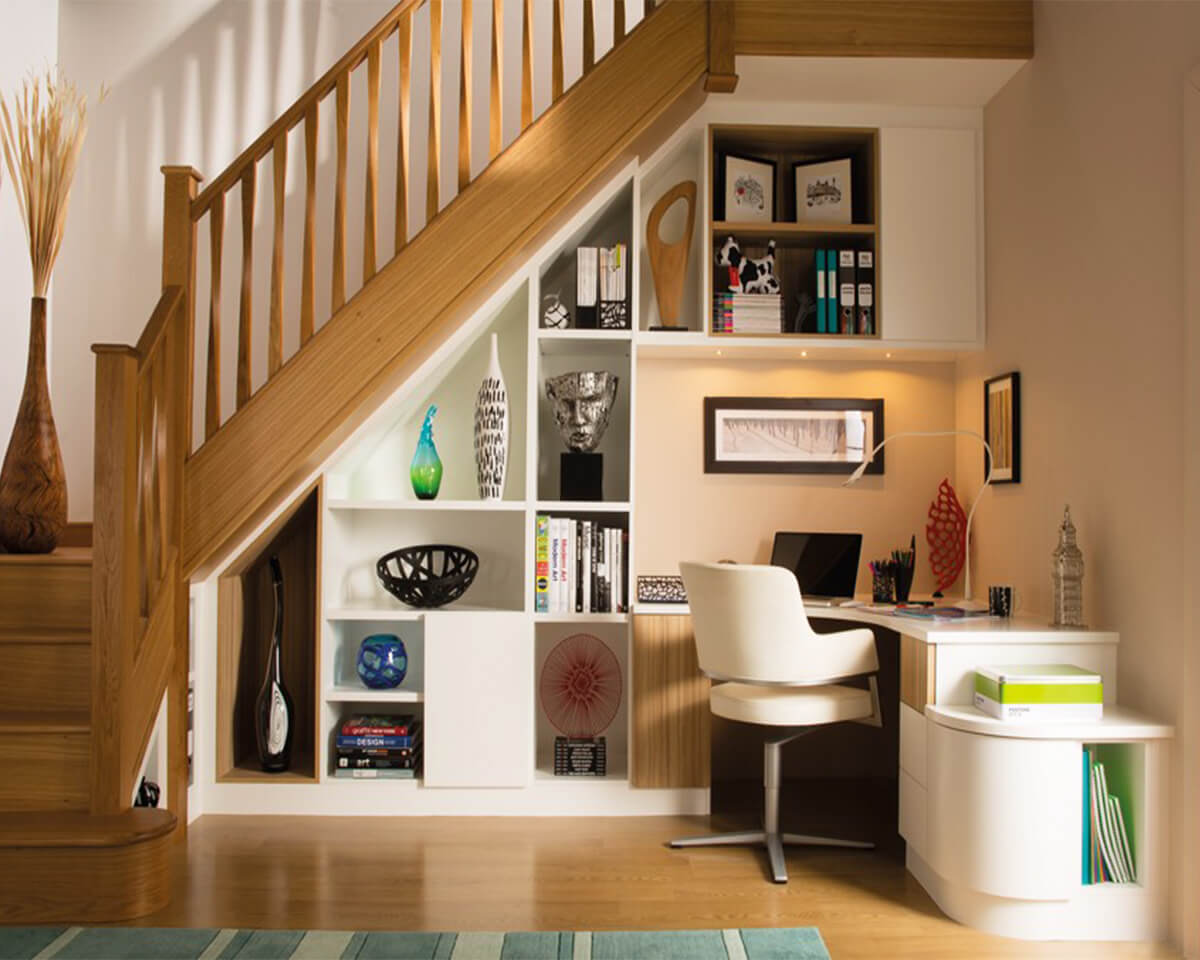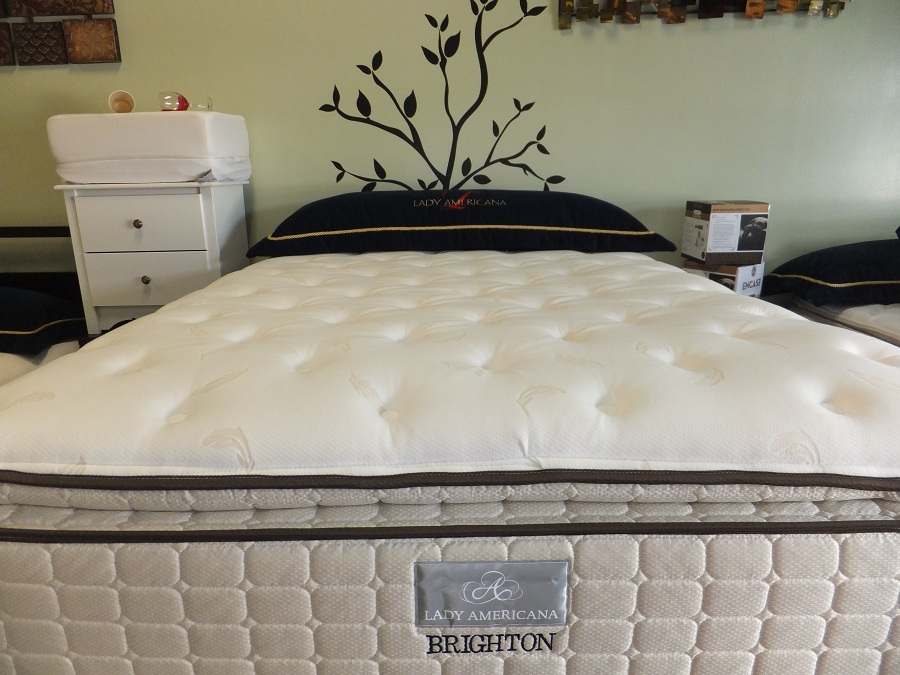When it comes to decorating a tiny living room, choosing the right color scheme is crucial. One of the best options for a small space is to go for neutral colors. These colors include shades of white, beige, gray, and taupe. They create a sense of spaciousness and allow for more natural light to reflect, making the room appear brighter and larger. Neutral colors are also incredibly versatile and can easily be incorporated into any design style. Whether you prefer a modern, minimalist look or a cozy, traditional aesthetic, neutral colors can work well with any decor.1. Neutral Colors
In a small living room, it's important to avoid dark, heavy colors that can make the space feel cramped and claustrophobic. Instead, opt for light shades such as light gray, off-white, or pale beige. These colors will help to open up the room and create an airy, spacious feel. Light shades also have the added benefit of reflecting natural light, which can make a small living room feel brighter and more inviting. So if you have windows in your living room, choosing light shades for the walls and furniture can help to maximize the natural light in the space.2. Light Shades
Another great option for a tiny living room is to use soft, muted tones. These colors, such as light blue, lavender, or pale green, add a touch of color without overwhelming the space. Soft tones have a calming effect and can create a cozy, relaxing atmosphere in a small living room. They also pair well with other neutral colors, making it easy to create a cohesive and harmonious color scheme. You can incorporate soft tones through accent pieces like throw pillows, curtains, or a rug, or use them as the main color for your walls.3. Soft Tones
If you're looking to add a pop of color to your tiny living room, pastel hues are a great choice. These colors, such as pale pink, baby blue, or mint green, are muted versions of their brighter counterparts and can add a touch of whimsy and playfulness to a small space. Pastel hues also have a soft and delicate quality that can make a room feel more inviting. They work well with other soft tones and neutral colors, but can also be paired with bolder shades for a more eclectic look.4. Pastel Hues
If you want to add some warmth and coziness to your tiny living room, consider using warm neutral colors like beige, cream, or light brown. These colors have a comforting and inviting quality that can make a small space feel more welcoming. Warm neutrals also pair well with other warm tones, such as shades of red, orange, or yellow, creating a harmonious and inviting color scheme. They are perfect for creating a cozy and intimate atmosphere in a small living room.5. Warm Neutrals
Gray has become a popular color choice in interior design, and for good reason. Light gray, in particular, is a great option for a tiny living room as it can make the space feel bigger and more open. It's also a versatile color that can work well with a variety of decor styles. Light gray can be used as the main color for the walls or as an accent color through furniture, accessories, or artwork. It pairs well with other neutrals, as well as bolder shades like navy blue or emerald green.6. Light Gray
Beige is a classic neutral color that is always a safe and stylish choice for a tiny living room. It has a warm and inviting quality that can make a small space feel more comfortable and welcoming. Beige also pairs well with other neutrals and can be easily incorporated into any design style. You can use beige as the main color for your walls or furniture, or as an accent color through throw pillows, curtains, or a rug. It works well with other warm tones, as well as cooler shades like blue or green.7. Beige
Blue is a calming and soothing color, making it a perfect choice for a tiny living room. Pale blue, in particular, has a soft and delicate quality that can make a small space feel more serene and tranquil. It also pairs well with other soft tones and neutrals. You can incorporate pale blue through furniture, accent pieces, or as the main color for the walls. It works well with other shades of blue, as well as warmer tones like beige or yellow.8. Pale Blue
Green is often associated with nature and can bring a sense of freshness and vitality to a space. For a tiny living room, muted green is a great option as it has a more subdued and calming effect compared to brighter shades of green. Muted green works well with other soft tones and neutrals, as well as warm colors like mustard or terracotta. You can use it as the main color for the walls or incorporate it through accent pieces like plants, artwork, or throw pillows.9. Muted Green
Pink is often seen as a feminine color, but when used in the right shade, it can create a sophisticated and elegant look in a tiny living room. Blush pink, in particular, has a soft and subtle quality that can add a touch of warmth and charm to a small space. Blush pink pairs well with other soft tones and neutrals, as well as bolder shades like navy blue or emerald green. You can incorporate it through furniture, accent pieces, or as the main color for the walls for a subtle and chic look. In conclusion, when it comes to choosing the best color for a tiny living room, sticking to neutral and light shades is the way to go. These colors not only create a sense of spaciousness, but they also allow for more natural light to reflect, making the room feel brighter and more open. Experiment with different shades and tones to find the perfect color scheme that suits your style and makes your tiny living room feel cozy and inviting.10. Blush Pink
Why Green is the Perfect Color for a Tiny Living Room

The Benefits of Green
 When it comes to designing a tiny living room, choosing the right color can make all the difference. While many people may opt for light or neutral tones,
green
is actually a
fantastic
choice for creating a
welcoming
and
inviting
space. Not only does it add a
pop of color
, but it also has many
benefits
that can enhance the overall
design
of a tiny living room.
When it comes to designing a tiny living room, choosing the right color can make all the difference. While many people may opt for light or neutral tones,
green
is actually a
fantastic
choice for creating a
welcoming
and
inviting
space. Not only does it add a
pop of color
, but it also has many
benefits
that can enhance the overall
design
of a tiny living room.
Creates the Illusion of Space
:max_bytes(150000):strip_icc()/cdn.cliqueinc.com__cache__posts__261477__small-living-room-paint-colors-261477-1529967317040-image.700x0c-7c625071f3b449bba630089f1fa7dd7c.jpg) One of the biggest challenges of designing a tiny living room is making it feel
larger
than it actually is. This is where the color green can be extremely helpful.
Lighter shades of green
can create the illusion of more space, making the room feel
bigger
and
more open
. This is especially useful for small living rooms as it can prevent them from feeling cramped and claustrophobic.
One of the biggest challenges of designing a tiny living room is making it feel
larger
than it actually is. This is where the color green can be extremely helpful.
Lighter shades of green
can create the illusion of more space, making the room feel
bigger
and
more open
. This is especially useful for small living rooms as it can prevent them from feeling cramped and claustrophobic.
Natural and Calming
 Green is often associated with nature and the outdoors, making it a
calming
and
soothing
color. This is especially important in a tiny living room where space is limited and it's important to create a
relaxing
and
peaceful
atmosphere.
Dark shades of green
can also add a touch of
sophistication
and
elegance
to the space, making it feel more
luxurious
and
welcoming
.
Green is often associated with nature and the outdoors, making it a
calming
and
soothing
color. This is especially important in a tiny living room where space is limited and it's important to create a
relaxing
and
peaceful
atmosphere.
Dark shades of green
can also add a touch of
sophistication
and
elegance
to the space, making it feel more
luxurious
and
welcoming
.
Complements Other Colors
 Another great benefit of green is that it
complements
a wide range of other colors. Whether you want to add a
pop of contrast
with a bold red or yellow accent, or create a
subtle and harmonious
look with neutral tones, green can work well with any color scheme. This makes it a
versatile
and
easy
color to work with when designing a tiny living room.
Another great benefit of green is that it
complements
a wide range of other colors. Whether you want to add a
pop of contrast
with a bold red or yellow accent, or create a
subtle and harmonious
look with neutral tones, green can work well with any color scheme. This makes it a
versatile
and
easy
color to work with when designing a tiny living room.
Brings in the Outdoors
 Living in a tiny space can sometimes make us feel disconnected from the outdoors. However, incorporating the color green into a living room can help
bring the outdoors in
. This can be especially beneficial for those who don't have access to a garden or outdoor space. Adding plants or natural elements, such as a green accent wall or curtains, can help create a sense of
harmony
and
balance
within the tiny living room.
In conclusion, while it may not be the first color that comes to mind when designing a tiny living room, green has many
benefits
that make it the perfect choice. From creating the illusion of space to bringing the outdoors inside, green can help transform a tiny living room into a
cozy
and
inviting
space. So next time you're considering a color for your tiny living room, don't overlook the power of green.
Living in a tiny space can sometimes make us feel disconnected from the outdoors. However, incorporating the color green into a living room can help
bring the outdoors in
. This can be especially beneficial for those who don't have access to a garden or outdoor space. Adding plants or natural elements, such as a green accent wall or curtains, can help create a sense of
harmony
and
balance
within the tiny living room.
In conclusion, while it may not be the first color that comes to mind when designing a tiny living room, green has many
benefits
that make it the perfect choice. From creating the illusion of space to bringing the outdoors inside, green can help transform a tiny living room into a
cozy
and
inviting
space. So next time you're considering a color for your tiny living room, don't overlook the power of green.



:max_bytes(150000):strip_icc()/what-is-a-neutral-color-1973822-03-3fab8b5a361d49638d3de1cbaf579a22.jpg)
/Lee-Edwards-Getty-Images-56a5ae653df78cf7728968ec.jpg)


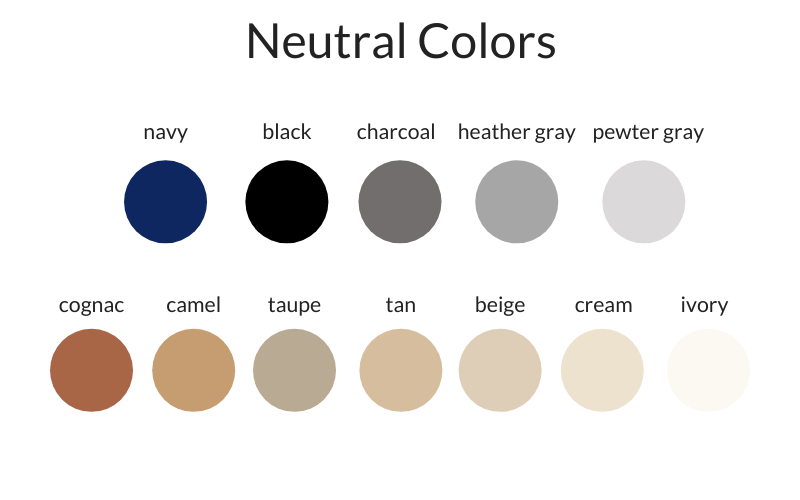
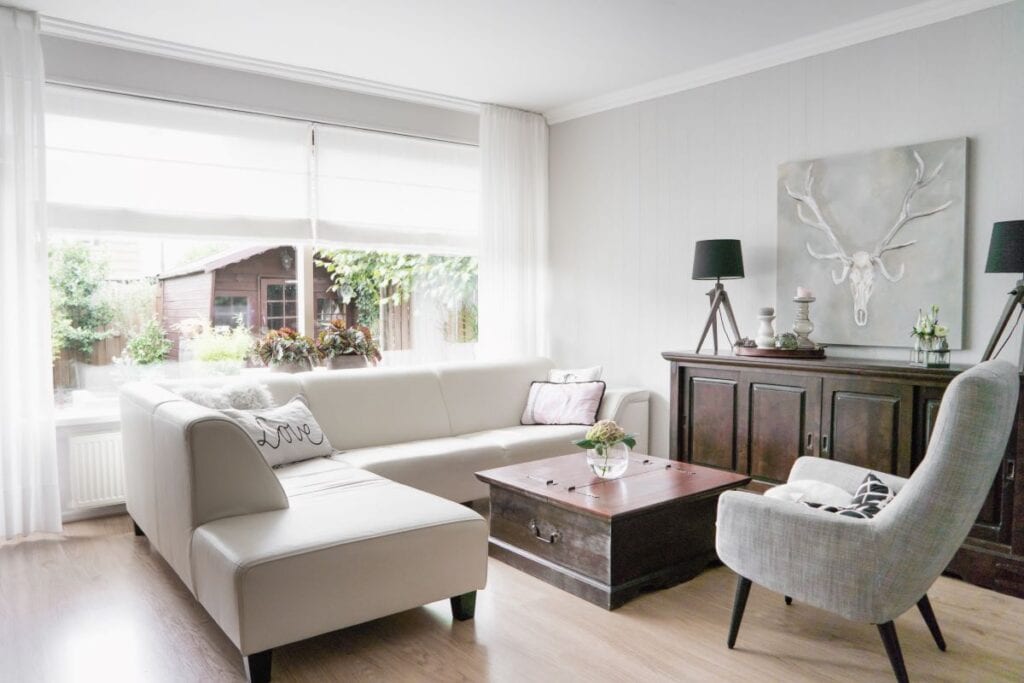
/clark_Kensington_neutrals-57db7f2e5f9b5865164b7baa.png)


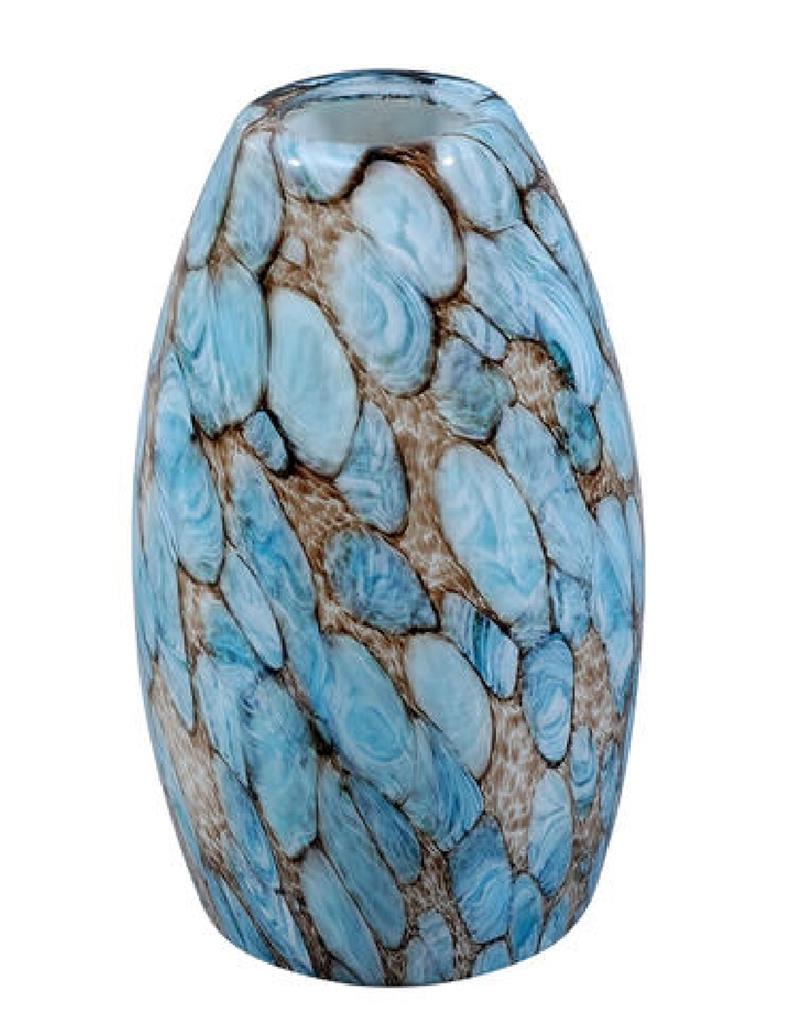
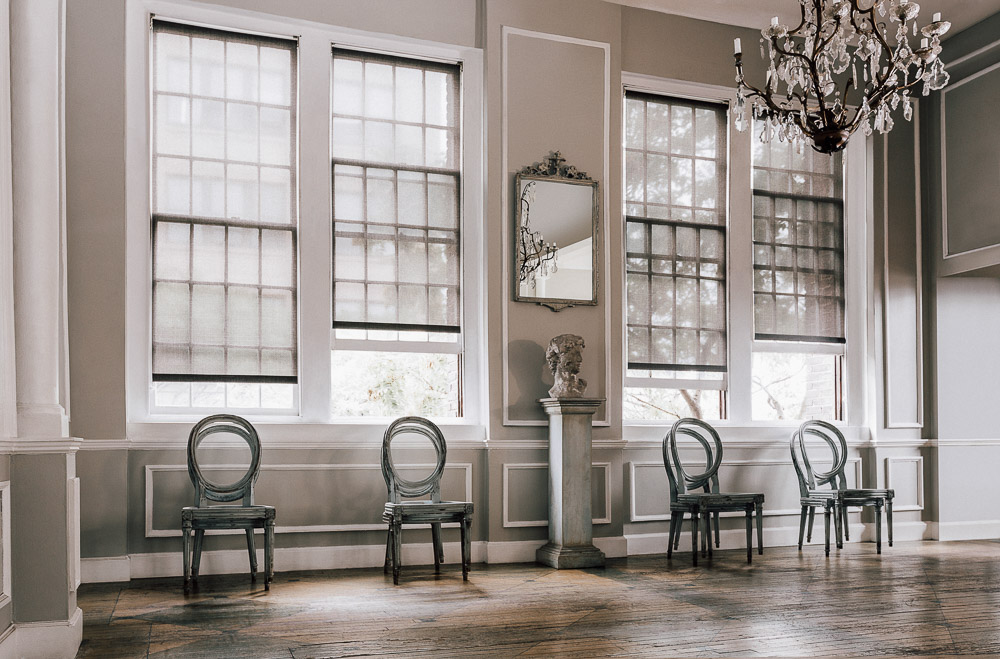
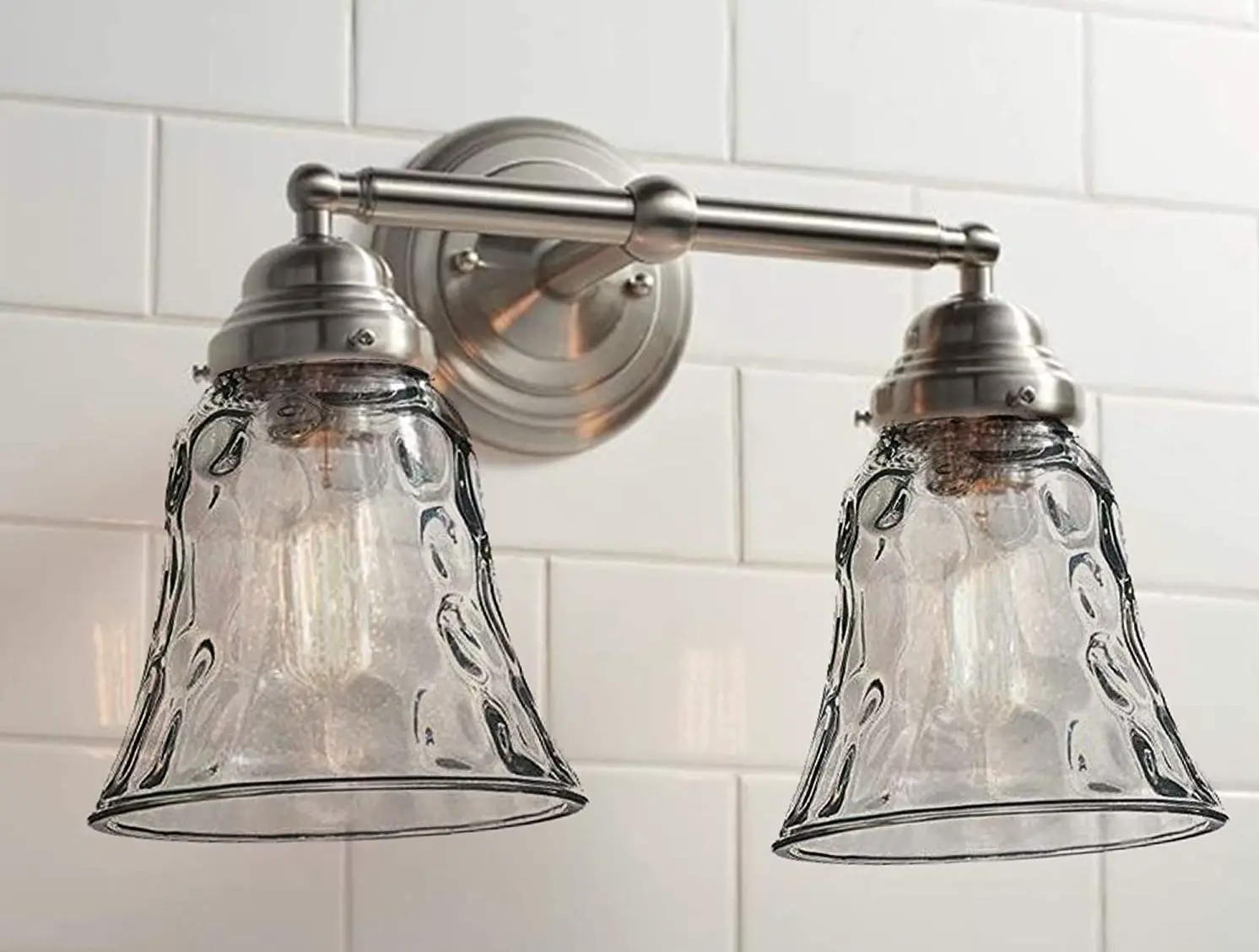




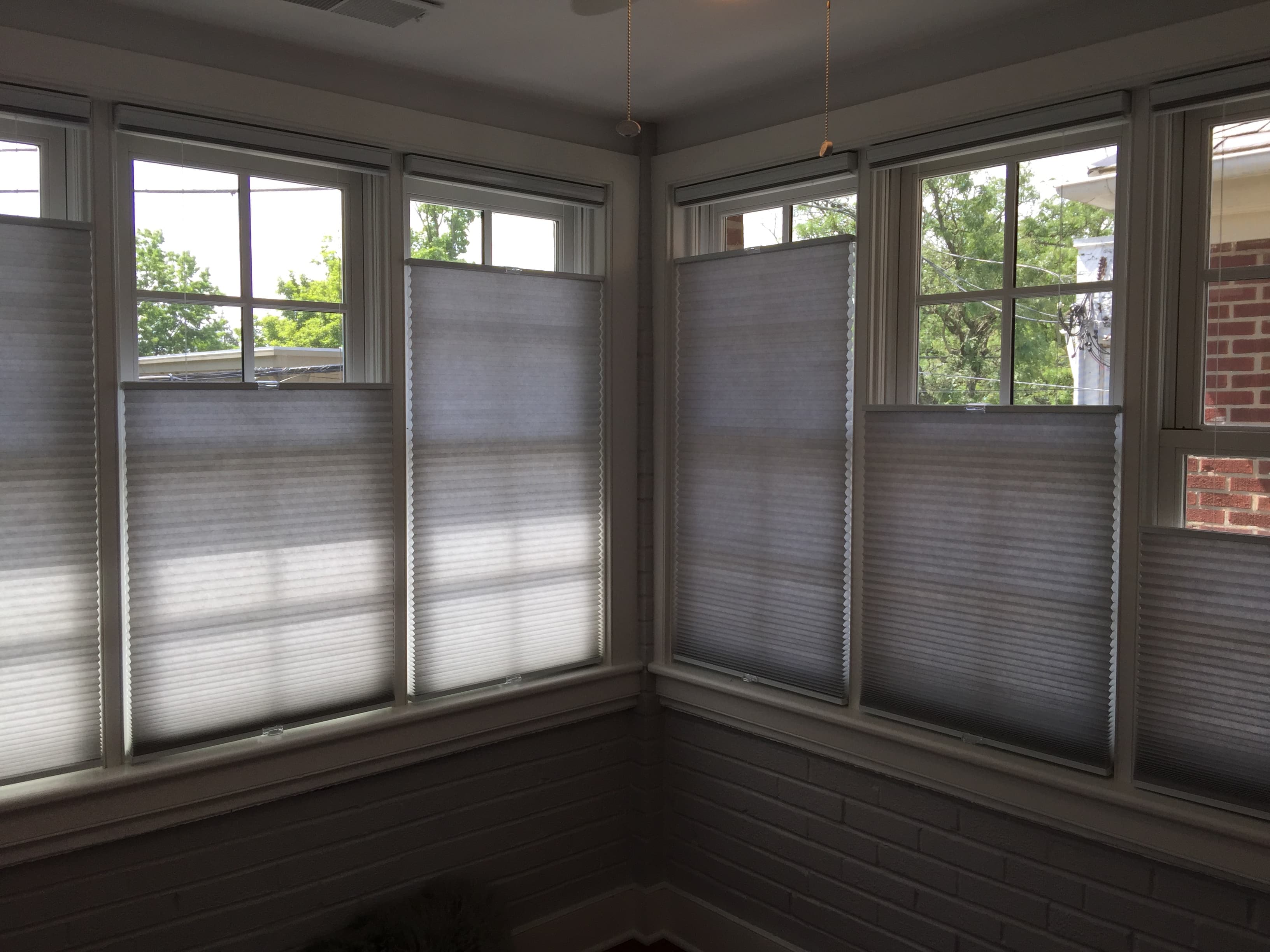


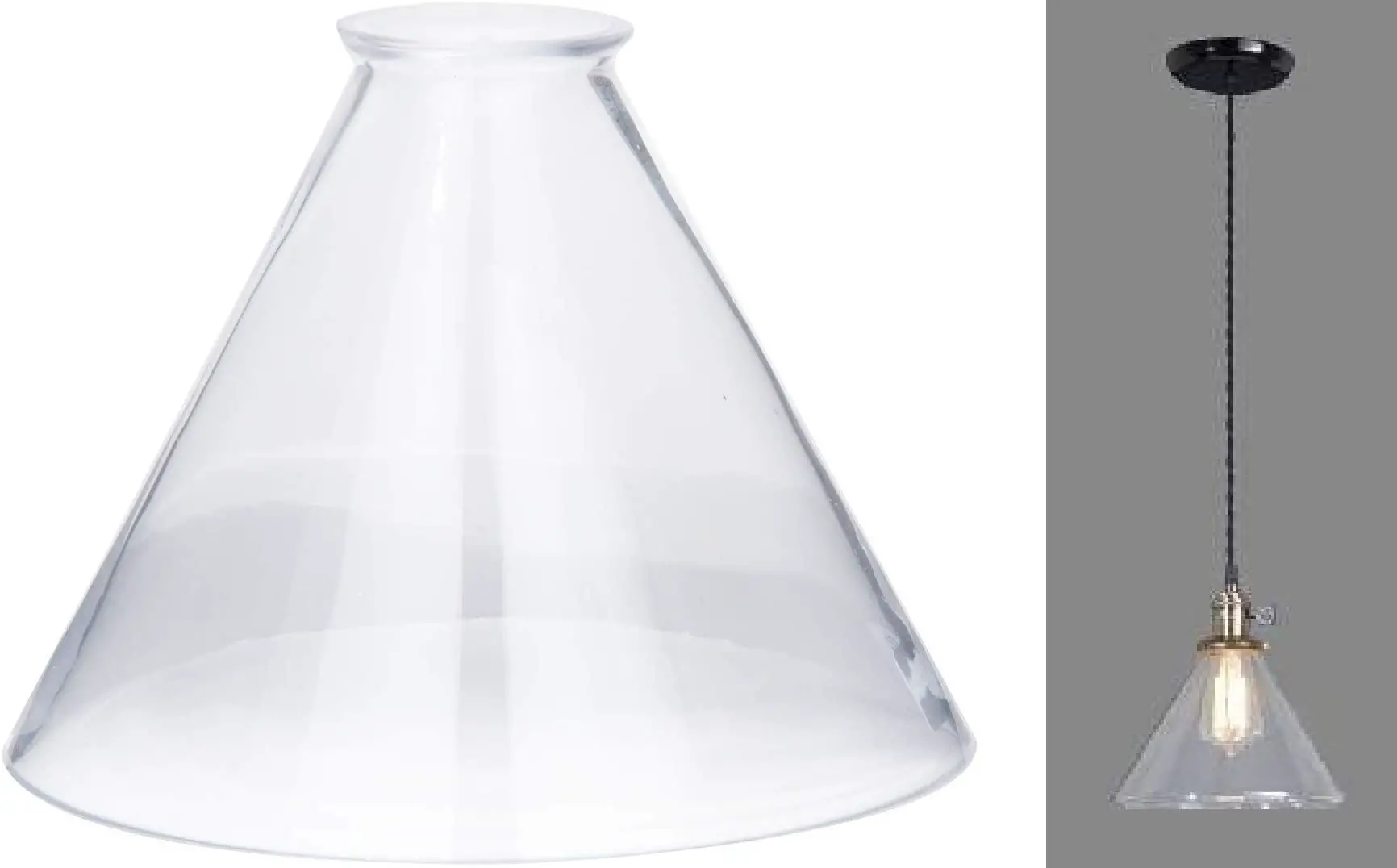








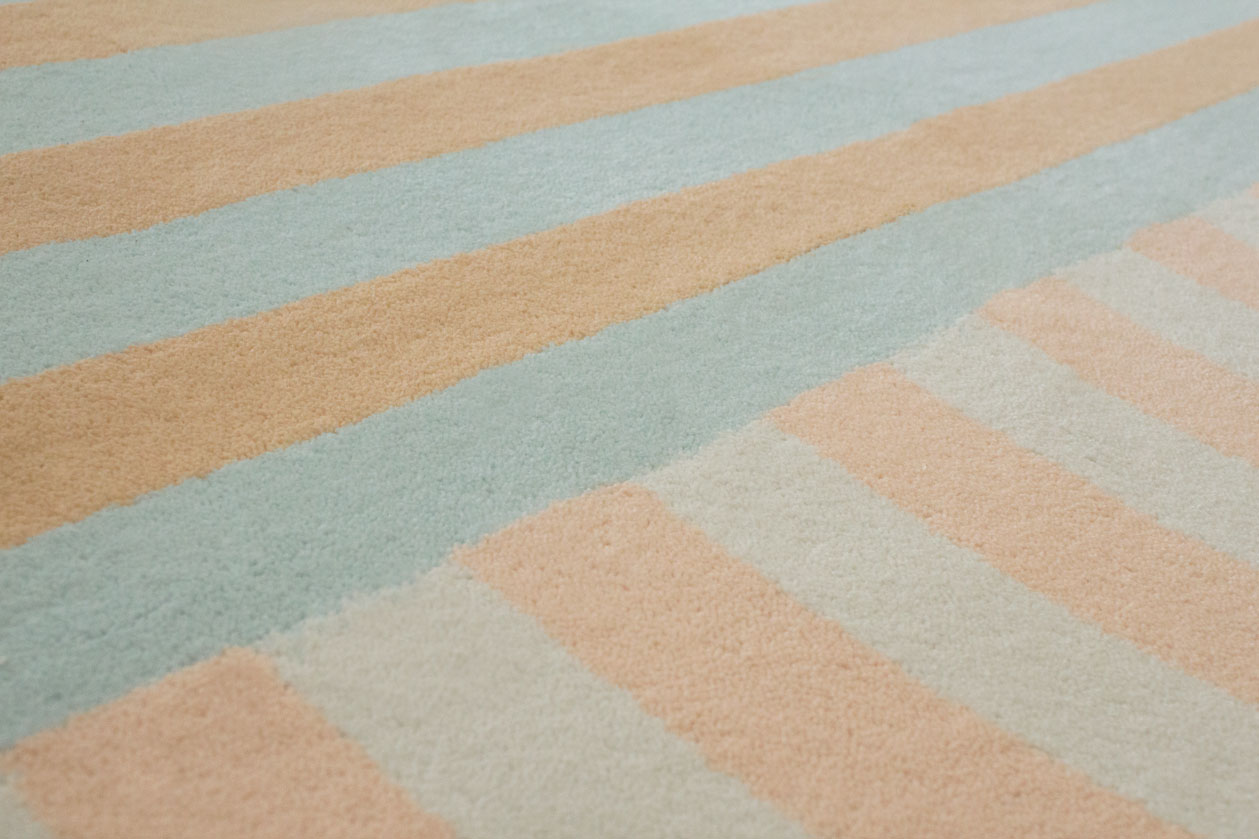









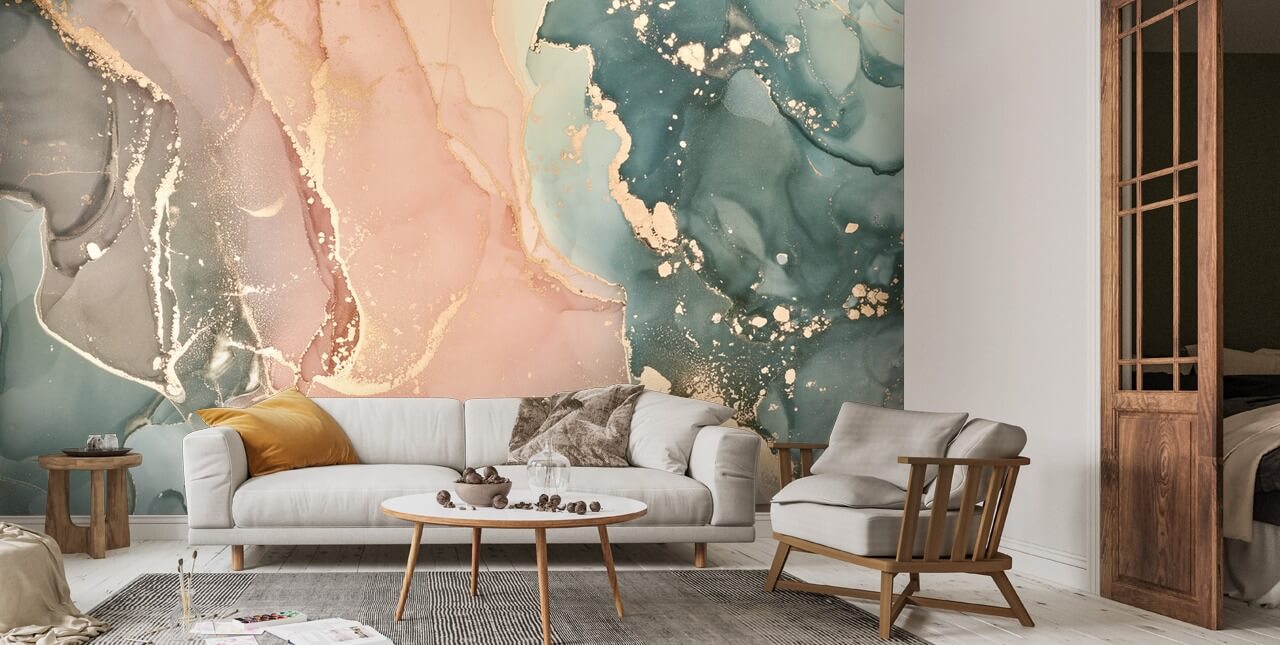

.jpg)







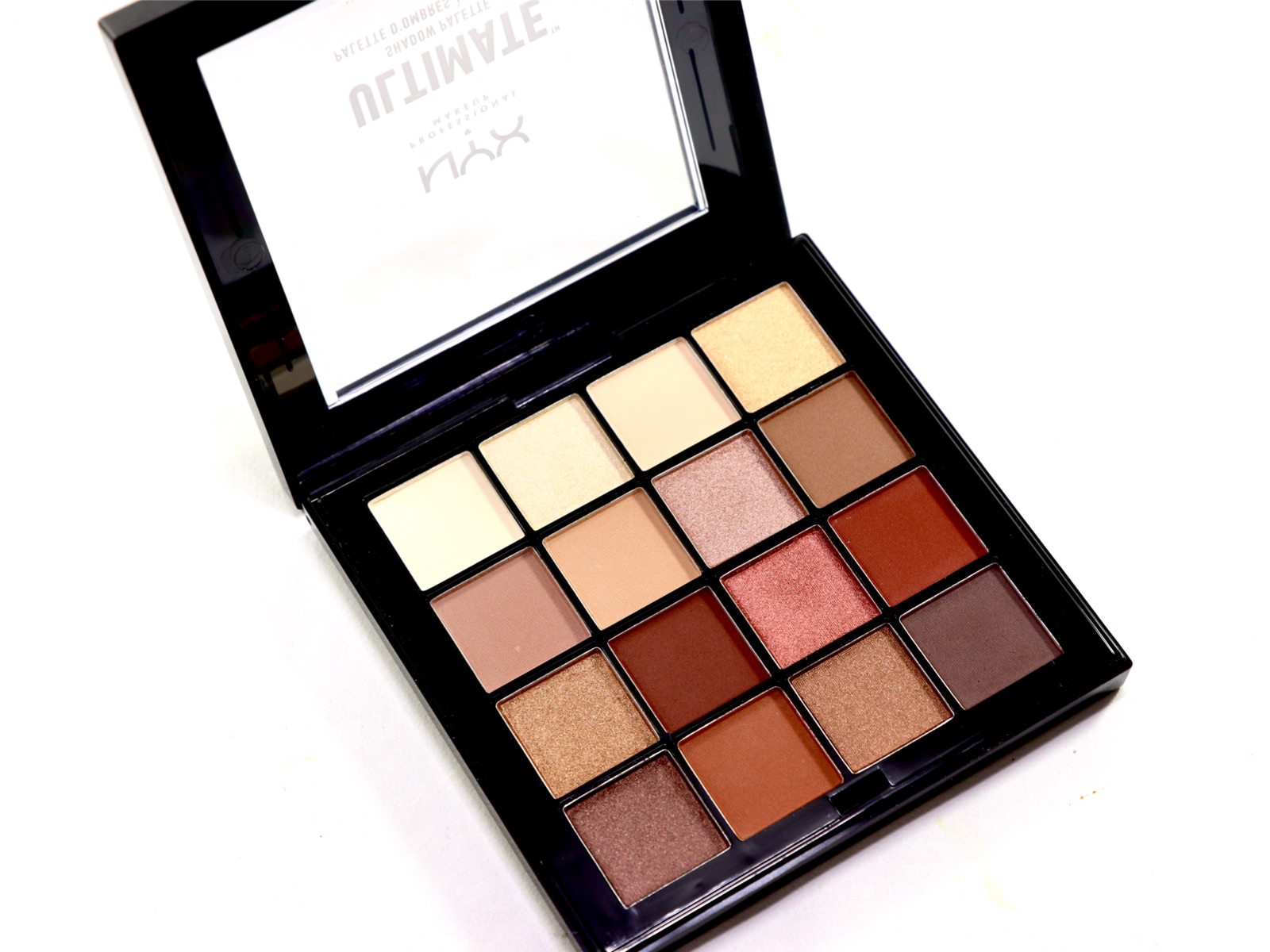

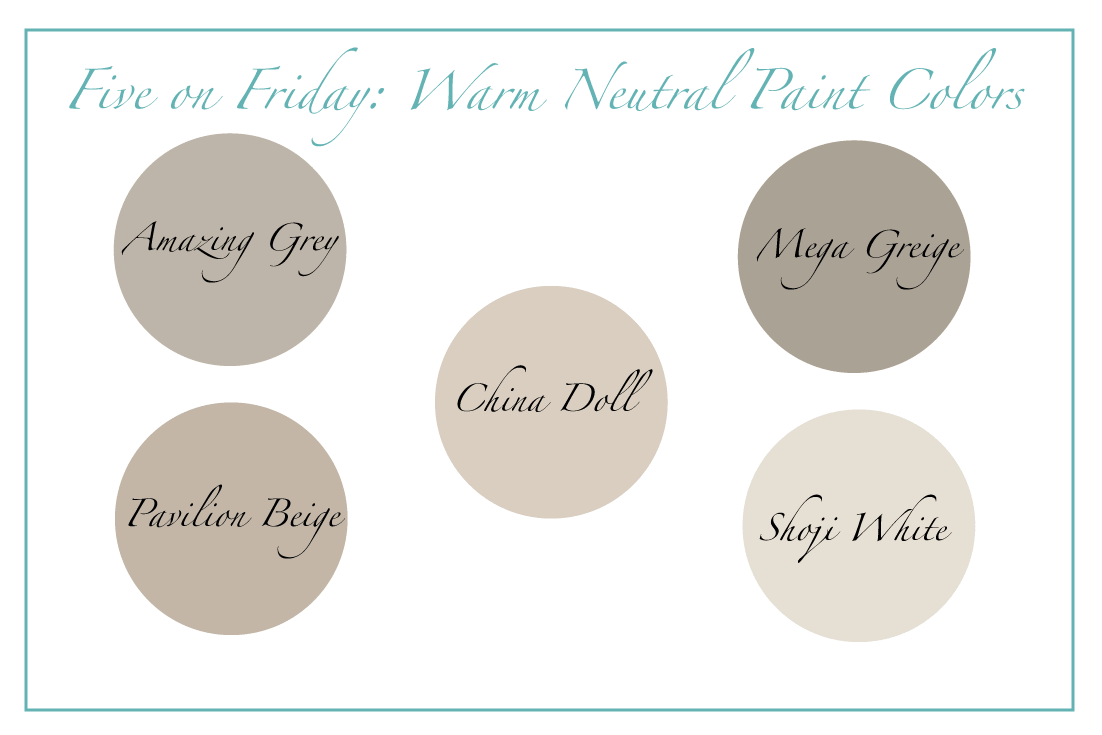

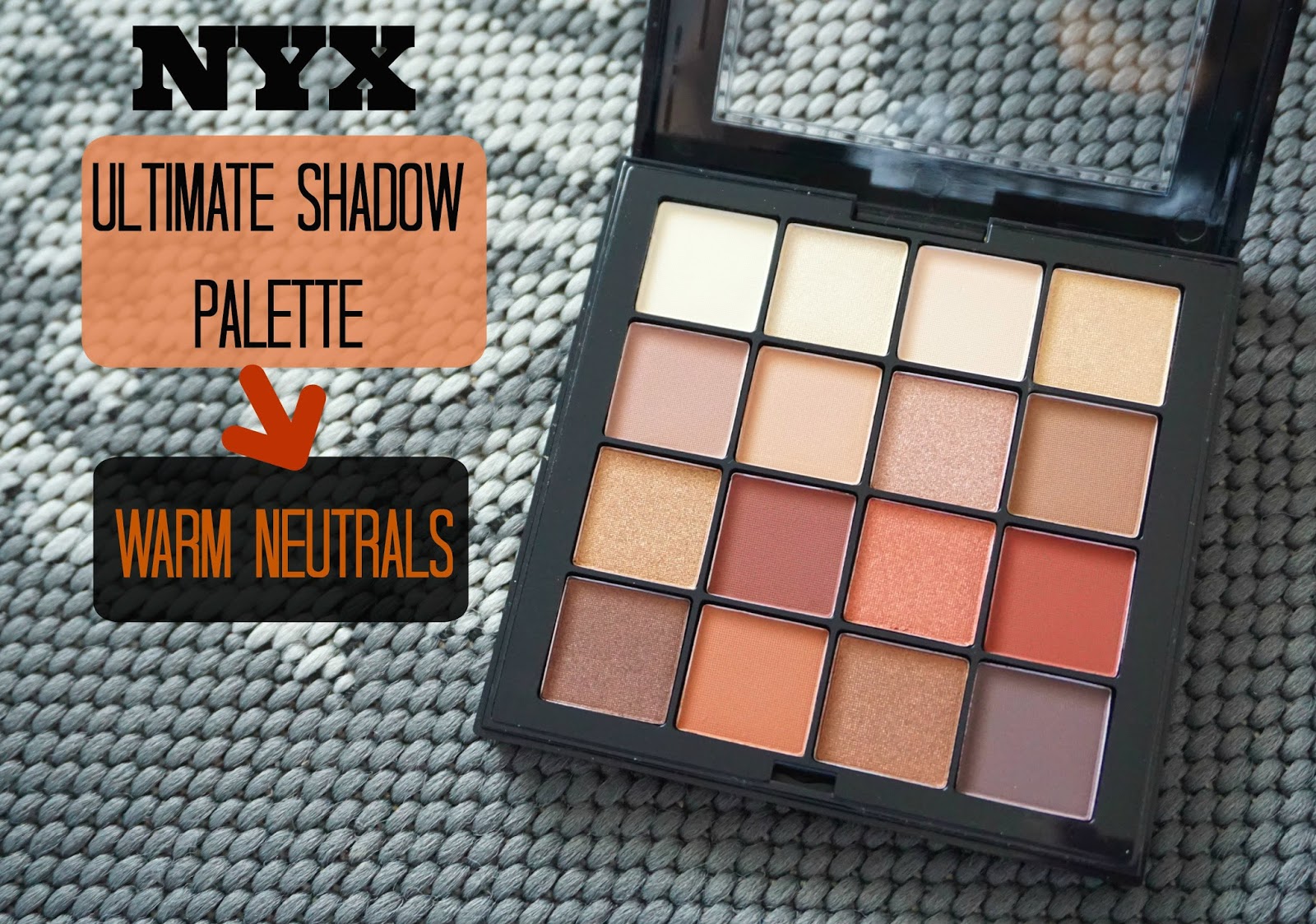



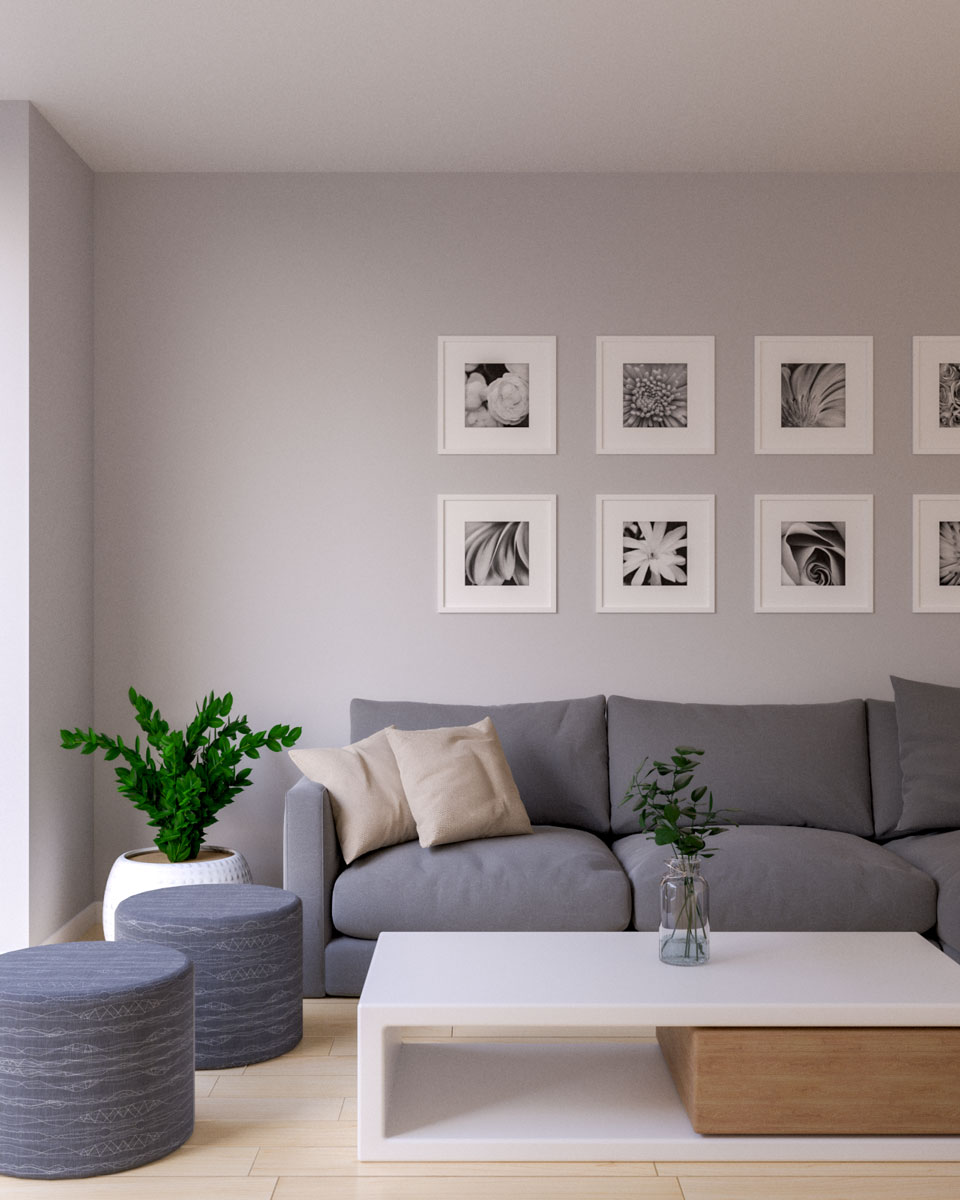








:max_bytes(150000):strip_icc()/beige-color-pairing-ideas-3-becca-interiors-project-x-00275dcc416342e686470c095c844af0.jpeg)




/beige-color-meanings-1073959-c246a295c72341149b5b90c47f3904c1.png)





/cdn.vox-cdn.com/uploads/chorus_asset/file/7743987/menlo_park12.jpg)











